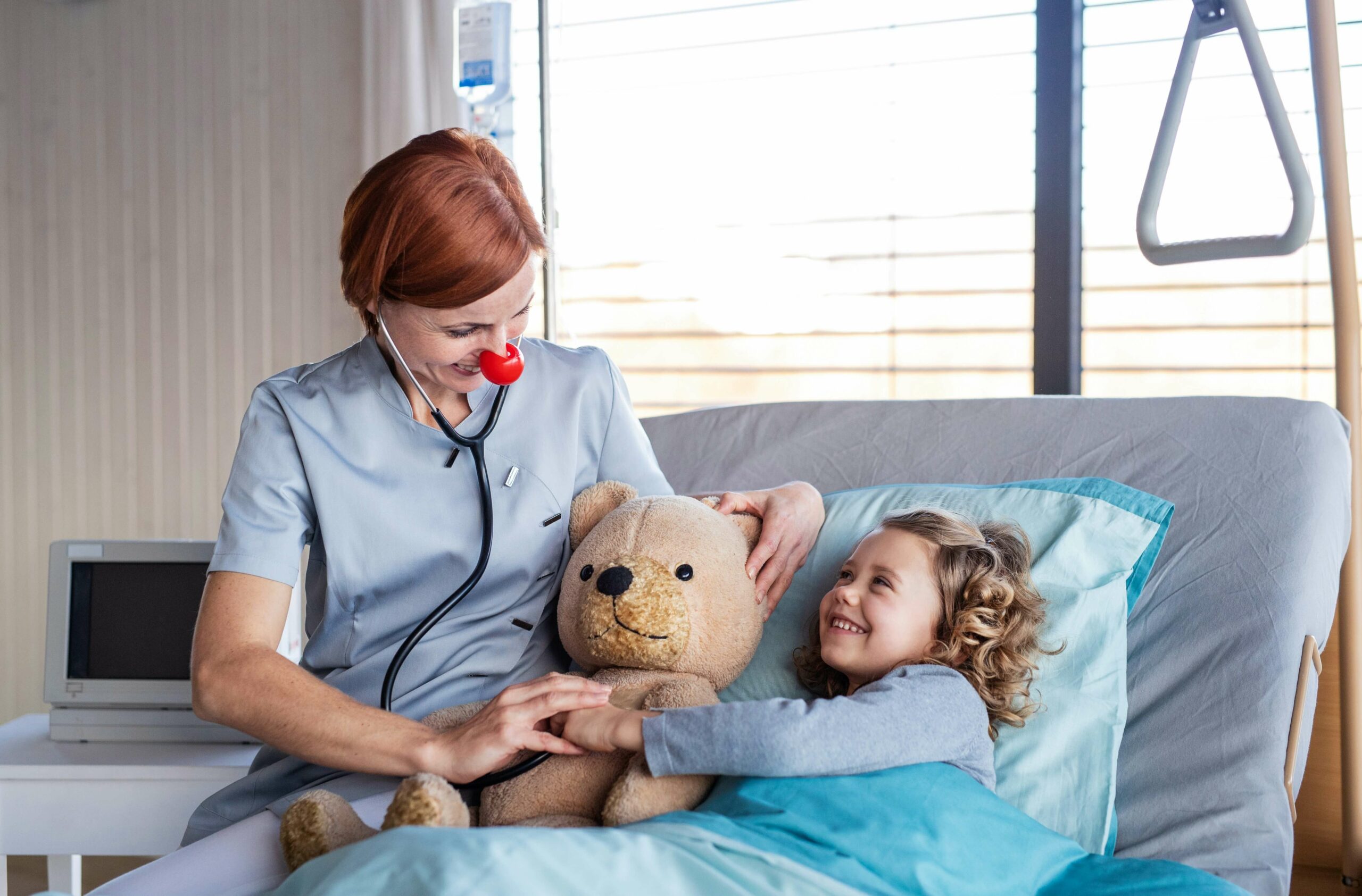Children’s cancer also known as paediatric cancer, refers to cancer that affects children. It encompasses various types of cancers that can occur in individuals under the age of 18. Childhood cancer is very rare compared to cancer in adults but it remains a significant health concern.
What Causes Childhood Cancer?
Cancer involves genetic mutations, which are changes in the DNA sequence of cells. These mutations lead to uncontrolled cell growth and the formation of tumours. that invades other parts of the body and causes harm and death if left untreated. Unlike cancer in adults, the cause of the vast majority of childhood cancers is unknown. It was proven that very few cancers in children are caused by environmental or lifestyle factors. Cancer prevention efforts in children should focus on behaviours that will prevent the child from developing preventable cancer as an adult.
What are the Most Common Types of Childhood Cancer?
Childhood cancer is a rare occurrence, but there are different types that can affect children. The most common types of childhood cancer are acute leukaemias and cancers of the brain and spinal cord. Other types of childhood cancer include lymphoma, which starts in the lymphatic system, and muscle or bone cancers like rhabdomyosarcoma, osteosarcoma, and Ewing's sarcoma. Rhabdomyosarcoma is the most commonly diagnosed type of childhood cancer. Additionally, there are neuroblastoma, which is a cancer of the nerve cells, Wilms' tumours, which are a type of kidney cancer, and retinoblastoma, which is a type of eye cancer.
How Often is Childhood Cancer Cured?
Only 20 to 30 out of every 100 children (20 to 30%) with cancer were successfully treated in the 1960s. But since then treatment for children with cancer has improved greatly.
Today more than 80 out of every 100 children (80%) diagnosed with cancer will live for at least 5 years or more, and most of these children will be cured. Hodgkin lymphoma and an eye cancer called retinoblastoma are curable in more than 95 out of 100 children (95%).
Cancer is not a common disease in children, but it is the primary cause of death from illnesses in children aged between 1 and 15 years. Accidents are the second most common cause of death in children. Although the number of deaths from specific types of cancers has decreased, the total number of childhood deaths from cancer has unfortunately increased.
What is the Survival Rate for Childhood Cancer in England?
Different types of childhood cancer, age, and gender affect the survival rates, which are measured over five years. Some of the survival rates for childhood cancer in England are as follows:
Retinoblastoma
- Survival Rate: 99%
- Note: However, this may result in losing an eye or the vision in the affected eye, especially if the cancer is bilateral (affects both eyes).
Lymphomas
- Overall Survival Rate: 93%
- Hodgkin Lymphoma: 96%
- Non-Hodgkin Lymphoma: 90%
Leukaemia
- Overall Survival Rate: 88%
- Acute Lymphoblastic Leukaemia (ALL): 90%
- Acute Myeloid Leukaemia (AML): 65%
Brain Tumours
- Overall Survival Rate: 77%
- Note: Brain tumours are one of the most common types of tumours and account for the highest number of cancer-related deaths. Some types of brain tumours have a reasonably high survival rate, while others have a very poor outlook.
Neuroblastoma and Bone Tumours
- Survival Rate: 70% and 71% respectively
- Note: Compared to other types of cancer, these have the lowest survival rates.
How Can the Outcome of Childhood Cancer be Improved?
As it is usually impossible to prevent cancer from developing in children, the most efficient approach to reduce the impact of cancer on children and enhance outcomes is to prioritise a fast, accurate diagnosis, followed by effective therapy based on evidence and personalised supportive care.
Early Diagnosis
Cancer treatment is most effective when the condition is detected early. Early identification increases the chances of successful treatment, reduces suffering, and often ensures that the treatment is less expensive and less intensive. For children with cancer, timely detection and prompt treatment are critical for improving their quality of life. A proper diagnosis is necessary for the treatment of paediatric cancer, as each cancer type requires a specific treatment plan that may include surgery, chemotherapy, and radiotherapy. Early diagnosis consists of 3 components namely, awareness of symptoms by families, access to prompt treatment, and accurate clinical evaluation, diagnosis and staging (determining the extent to which a cancer has spread).
Screening
This method is generally not effective for treating childhood cancers. However, in some rare cases, it may be considered for high-risk populations. For instance, some types of eye cancers in children may be caused by an inherited mutation. So, if a child with retinoblastoma has this mutation or disease in their family, genetic counselling can be provided, and siblings can be monitored with regular eye exams from an early age. It is important to note that genetic causes of childhood cancers are relevant in only a small proportion of children with the disease. There is currently no high-quality evidence to support screening programs for children at a population level


 71–75 Shelton Street, Covent Garden, London, WC2H 9JQ
71–75 Shelton Street, Covent Garden, London, WC2H 9JQ +44 (0) 20 3376 1032
+44 (0) 20 3376 1032



